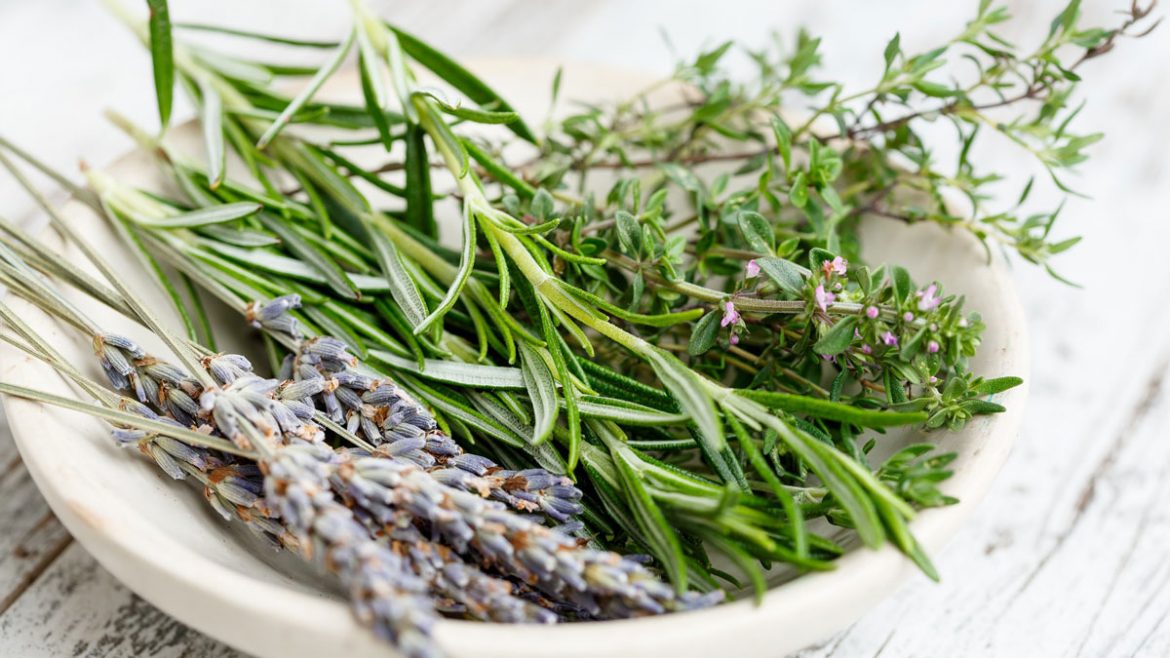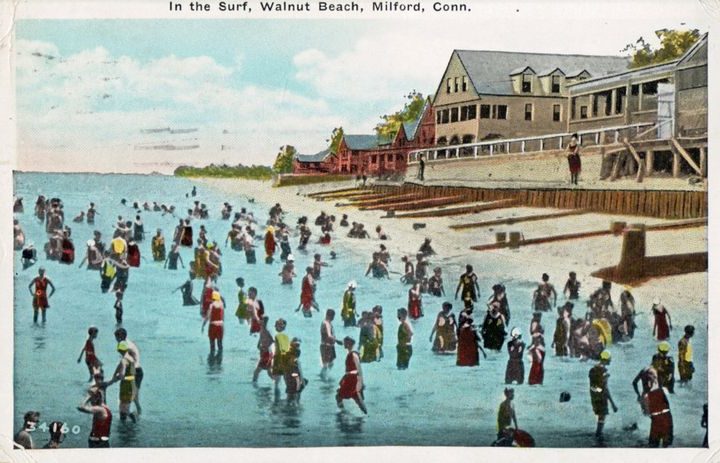
If the meatloaf you ordered at your favorite restaurant tastes more scrumptious than the one you make at home, if a simple tuna sandwich in your friend’s kitchen makes you wonder why you can’t make yours that way, you might be missing the secret ingredient known by fine cooks in Milford and around the world. “They turn an ordinary dish into something special,” says Arla Wiles, a Milford resident and member of the Milford Garden Club, known by her friends as an extraordinary cook.
The distinctive flavor that you yearn to replicate in your own cooking is probably an herb or several herbs. This summer, as in summers past, herb gardens will provide Milford gardeners and cooks with enough herbs to last throughout the year.
Wiles, a member of the Milford Garden Club, grows rosemary, thyme, basil and parsley in her yard. “At least two herbs go into every meal I make,” she says. One of her favorites recipes is cream of mushroom soup, in which she mixes a variety of vegetables and that secret ingredient, thyme. “There’s always rosemary roast potatoes,” Arla says. “Just mix tiny potatoes with a little oil, a pinch of salt, and some rosemary and you can cook them in the microwave if you don’t want to turn on the oven.” Among Arla’s favorites is Fontina cheese melted in a cast iron pan with oil and garlic with rosemary and thyme. “Serve that for an appetizer with something to dip, and you’ll have nothing left when it’s time for dinner. You’d be surprised what herbs can do to a piece of cheese.”
Milford’s Historical Society maintains a large herb garden on the front and south sides of the Bryan-Downs House. The garden at the Historical Society site on Plains Road was started by the Wepawaug Garden Club in 1967. Although herbs can be used for medical and other purposes, members of the Wepawaug Garden Club chose a selection of herbs they could use in their home meal preparation. By the time the garden was returned to the Historical Society in 1973, the perennials were well established and the annuals had their place to grow each year.
Ardienne Damicis, president of the Historical Society’s Herbcrafters, is able to point out the many unusual herbs: lemon balm, horehound, lambs ear, rue, and feverfew, along with better known herbs like sage, lavender, and others. Herbs are annual or perennial. “Some of these herbs can be kept for the winter by spreading them on a tray, freezing them and transferring them to plastic bags,” Damicis says. “Others are best dried and put in jars,” she added. “We use them all year round in our cooking.”
The current membership of the Herbcrafters is approximately fifteen men and women who meet on the fourth Monday of most months to exchange plants, plan their participation in Milford events, and discuss herbs. Membership is open to anyone who wants to attend, whether to learn or to educate others.
Herbcrafters and members of the Milford Garden Club are always ready to share recipes containing their herbs. Rosemary cookies, for example, are popular and reputedly very tasty. Herbal butters can be made by combining softened butter with tarragon (great on chicken, fish, or vegetables) chives (good mixed into plain rice or corn on the cob) or, as suggested by Arla Wiles, dill and rosemary on steak.
Experimentation is encouraged, but first you have to plant your herb garden.
– Judy Goldwyn




